If you are considering breeding goats or are simply interested in taking care of them its good to be familiar with the best practices to enhance their life expectancy.
The longest lifespan of a goat ever reached was 22 years and 5 months old. She was a pygmy goat, her name was McGinty, and she lived in the United Kingdom. She was also recognized by the Guinness World of Records.
However, McGinty died November 2003 on Hayling Island, UK. This goat has exceptional genes since her daughter, Daisy, also had a long lifespan. Daisy survived till the age of 19!
Goats are a fairly new domesticated animal that originated in the Middle East. They have long been used as livestock because they can survive in harsh environments such as desert regions or areas where there isn’t much vegetation available for them to eat. The lifespan of a goat varies depending on its environment and genetics.
How Long Do Goats Live on Average?
The typical lifespan of a goat is 7 to 14 years, depending on the type. Factors such as diet and living environment also influence the typical goat’s lifespan.
However, as more varieties and considered goats as pets, their lifespans are increasing. In general, female goats live longer than male goats, although they are more prone to encounter delivery problems.
How to Identify a Goat’s Age?
It is possible to determine the age of a goat by a process called toothing. The strongest indicator of the age of a goat using this process is the size and health of its eight teeth.
Typically, 11-month-old goats and below have no permanent teeth, while one-year-old goats have two permanent teeth. On the one hand, two-year-old goats have four permanent teeth, while three-year-old goats have six permanent teeth, and four-year-old and older goats have eight permanent teeth.
Related: Zinc Deficiency in Goats | Overlooked Symptoms and Reliable Remedies
Goat Types and Their Lifespan
Oberhasli Goats
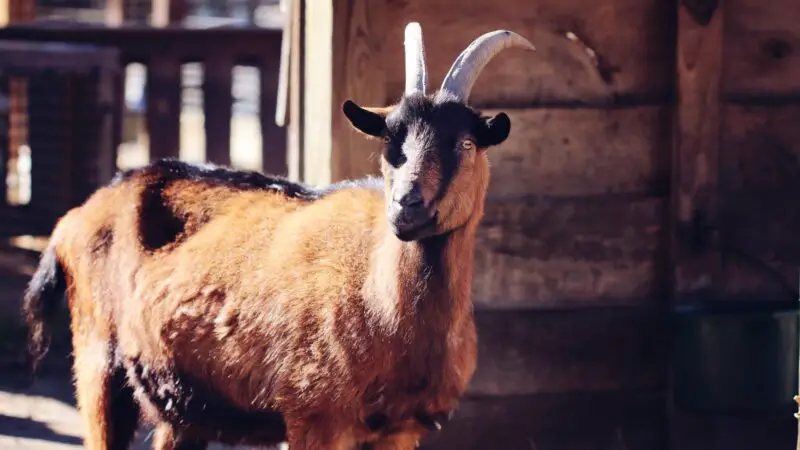
- Habitat: The majority of an Oberhasli goat’s habitat can be found in urban areas and farms where they are usually being pastured.
- Place of Origin: The Canton of Berne in Switzerland is considered to be the origin of the Oberhasli goat. It wasn’t until the early 1900s that they were first brought to the United States; however, the original goats were quickly bred with other breeds, and the pure line was eventually lost.
- Lifespan: Goats of this species live for around 10 years and achieve sexual maturity between the ages of 3 and 12 months. The autumn months are reserved for mating, and a small goat cycle might last anywhere from 17 to 23 days.
Saanen Goats
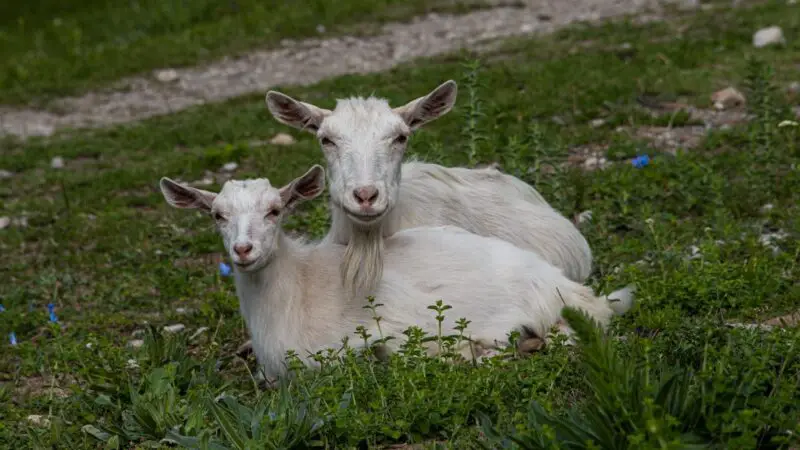
- Habitat: The majority of a Saanen goat’s habitat will be found in valleys, low mountains, and farms where they are used for breeding.
- Place of Origin: This breed originated in Switzerland’s Saanen Valley. Several thousand Saanen goats were evacuated from the valley in 1893 and distributed across Europe.
- Lifespan: These goats have an average lifespan of 10 years and attain sexual maturity between 3 and 12 months of age. The breeding season occurs in the autumn.
Alpine Goats
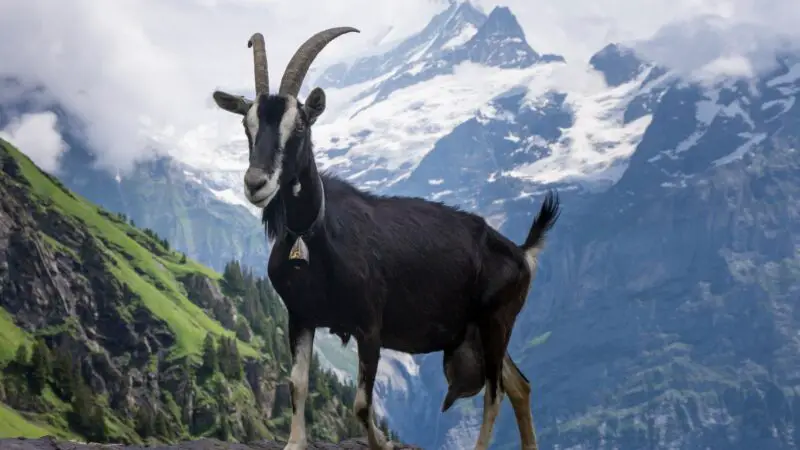
- Habitat: In their native habitat, Alpine goats enjoy cool to freezing conditions. These goats have been domesticated for a considerable amount of time, and they enjoy domestic pastures with conventional farm facilities.
- Place of Origin: The origin of Alpine goats is the French Alps. This is located in the Auvergne-Rhône-Alpes and Provence-Alpes-Côte d’Azur region. The French Alps are the sections of the Alps mountain range inside France.
- Lifespan: Alpine goats may live anywhere between 15 and 18 years on average. But the lifespan of Alfine goats also depends on their diet and natural surroundings.
Anglo-Nubian Goats
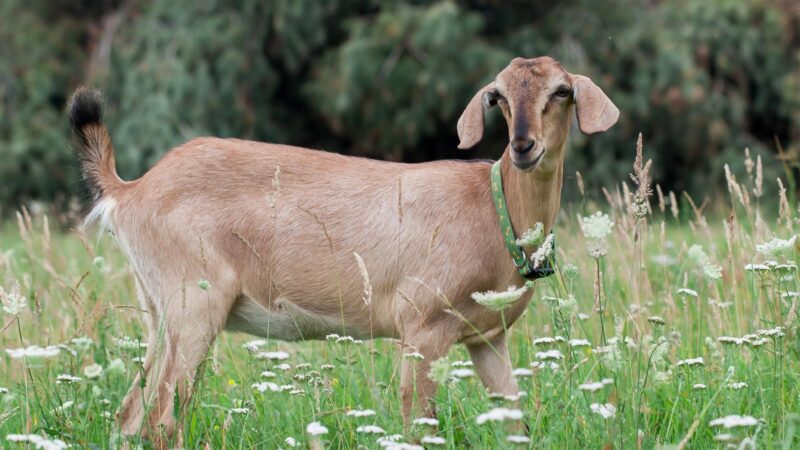
- Habitat: Anglo-Nubian goats can exist on limited vegetation since this is their natural habitat. They are very adaptable to several situations.
- Place of Origin: During the 19th century, the British Isles were the origin of the Anglo-Nubian. This is because traditional local prick-eared British goats were bred with a mixed population of huge lop-eared goats brought from India, the Middle East, and North Africa.
- Lifespan: The average lifespan of an Anglo-Nubian goat is between 10 and 15 years. But the diet they consume and the natural environment also play a role in determining how long Anglo-Nubian goats live.
Nubian Goats
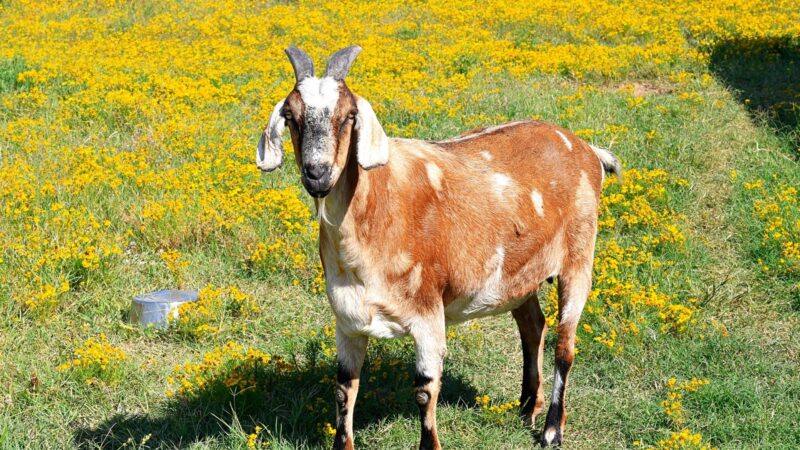
- Habitat: These goats inhabit enclosed fields. They are adaptable and can eat scanty vegetation. They eat bushes, brush, poison ivy, and leaves.
- Place of Origin: British farmers populated Nubian goats by crossing African, Indian, and Middle Eastern goats. Due to their lineage, some refer to Nubians as Anglo-Nubians.
- Lifespan: Between 10 and 15 years is the usual lifespan of an Anglo-Nubian goat. However, the Nubian goat’s food and natural surroundings have a part in determining its lifespan.
Pygmy Goats

- Habitat: Any landscape containing boulders and nutritious grasslands is the habitat of Pygmy goats. Although they are often found in agricultural land in the United States, their original habitats are typically rocky slopes and grassy plains.
- Place of Origin: The Pygmy goat originated in Cameroon, West Africa, and was once classified as the Cameroon Dwarf goat, as the name suggests.
- Lifespan: The lifespan of a Pygmy goat may reach up to 12 years of age. They may also attain sexual maturity as early as two months of age.
Boer Goats
- Habitat: Boer goats’ natural habitat is grassland. However, they may also live in low mountain locations, as long as there is a water source.
- Place of Origin: The Boer goat originated from the South African indigenous goats maintained by the Namaqua, San, and Fooku tribes, with possibly Indian and European lineage crossing.
- Lifespan: The average life expectancy of a Boer goat is between 10 and 25 years. However, their diet and the natural environment have a role in its lifespan.
La Mancha Goats
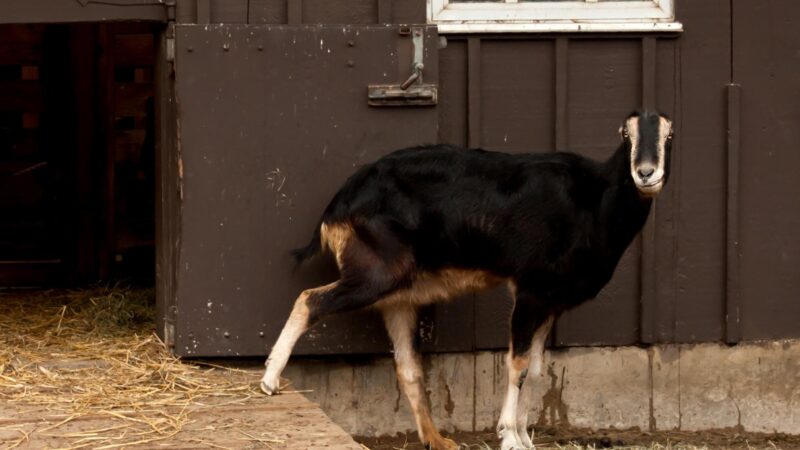
- Habitat: These goats are agricultural animals, so they commonly live on farms and grasslands. They can also survive in a place where there is a source of water.
- Place of Origin: The origin of LaMancha goats dates back to the 18th century when Spanish missionaries transported “LaMancha” goats to the United States.
- Lifespan: The average lifespan of a goat breed is 10 to 15 years. However, these goats only live 7 to 10 years, making them one of the shortest-lived breeds.
Spanish Goats
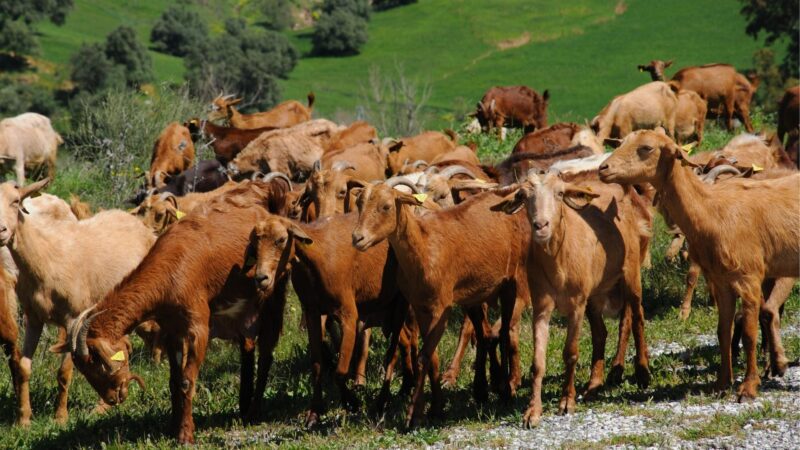
- Habitat: The natural habitat of Spanish goats is grassland. However, they may even inhabit low mountain regions if there is a water supply nearby.
- Place of Origin: Spanish goats originated in Spain and were imported to the United States through Mexico. However, Spanish goats are prevalent across the United States of America.
- Lifespan: 6 to 7 years is the usual lifespan of a Spanish goat breed. Making them one of the breeds with the shortest lifespans.
Kiko Goats
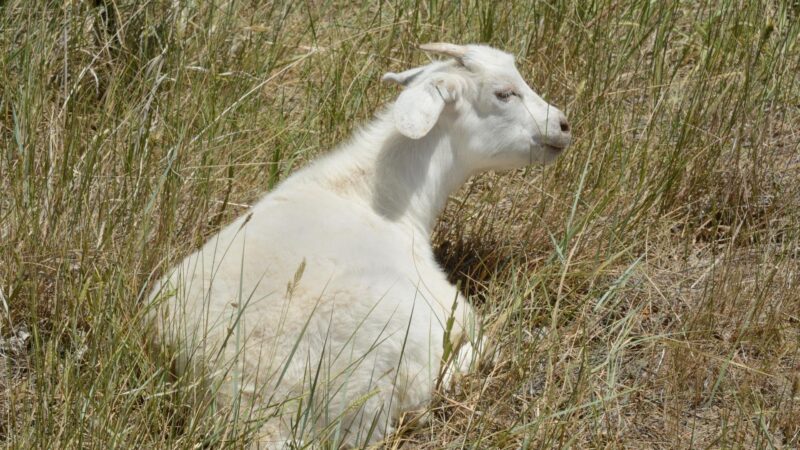
- Habitat: Kiko goats’ native habitat consists of grasslands, low mountain ranges, and farms. However, they may even inhabit other regions just with the presence of water supply.
- Place of Origin: Kiko goats originally originated in New Zealand. In the 1980s, however, because of the breed’s resilience to parasites, it was gradually brought to the United States.
- Lifespan: Kiko goats may live anywhere between 8 and 12 years on average. But their lifespan also relies on their diet and environment.
Tennessee Fainting (Myotonic)
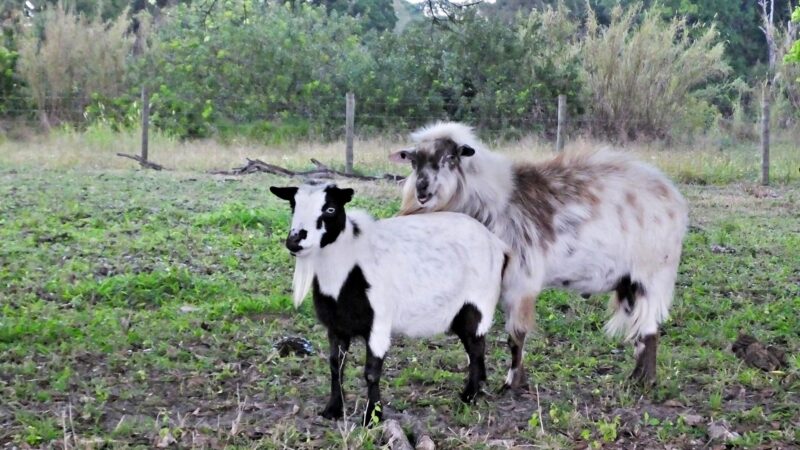
- Habitat: Tennessee Fainting (Myotonic) goats’ habitats are man-made environments. Typically, these goats are kept on farmland with plenty of grass and shrubs.
- Place of Origin: In the 1880s, the first fainting goats were introduced to Marshall County, Tennessee. The gene mutation that causes this muscular stiffness in goats was found in 1996.
- Lifespan: On average, Kiko goats may live between 12 and 15 years.
Cashmere Goats
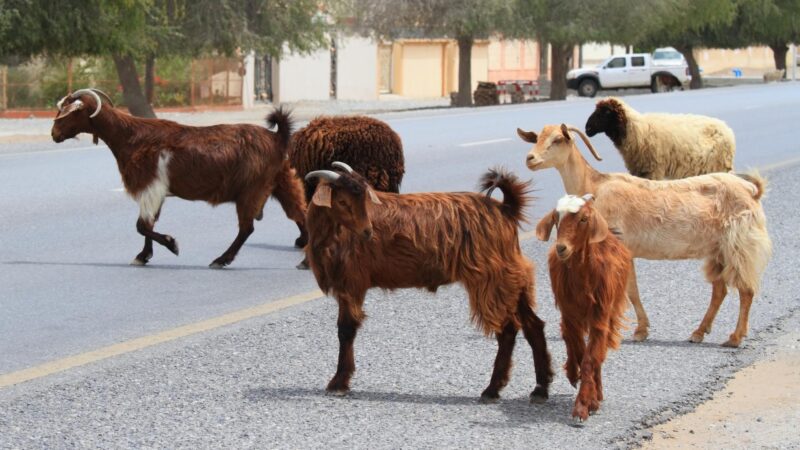
- Habitat: Cashmere goats’ natural habitat is in the high plateaus of the Himalayan range. However, they are now also found in other areas of Southeast Asia.
- Place of Origin: The origin of this goat is in the Himalayan area of Ladakh, which is traditionally regarded to be a part of Kashmir from which their name derives from.
- Lifespan: Cashmere goats have an average lifespan of 10 to 12 years. Males attain puberty between four and eight months, while girls do so between seven and ten.
Nigerian Dwarf Goats
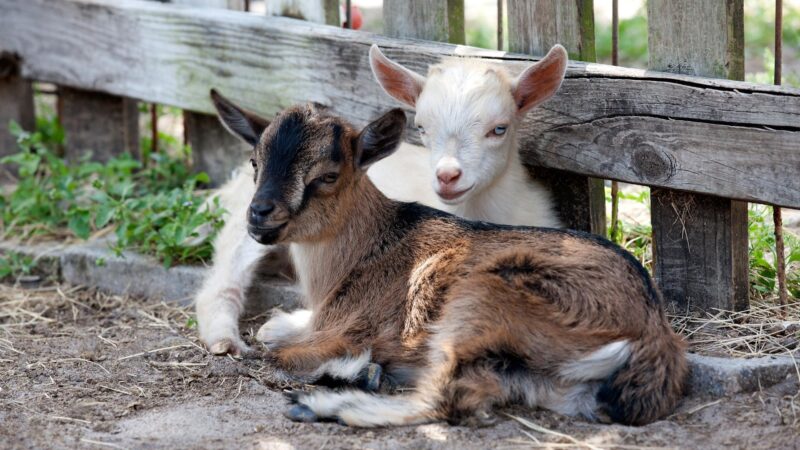
- Habitat: The natural habitat of Nigerian Dwarf goats is often grassland and areas with bushes and trees since this is where they get their food.
- Place of Origin: The origins of Nigerian Dwarf goats may be traced back to West African Dwarf (WAD) goats and are common in tropical Western Africa.
- Lifespan: Nigerian Dwarf goats have an average lifespan of between 15 and 20 years.
Golden Guernsey Goats

- Habitat: The natural habitat of Golden Guernsey is often grassland and areas with bushes.
- Place of Origin: Golden Guernsey originated in Britain’s Channel Islands. From 1920 to 1950, local breeds were mated to Anglo-Nubian and Swiss species.
- Lifespan: Golden Guernsey goats have an average lifespan of between 8 to 12 years.
Related: How to Deworm Goats? | Crucial Techniques for Optimal Herd Health
Frequently Asked Questions
How Long Do Goats Live as Pets?
The lifespan of goats as pets is between 8-10 years. However, this relies on the attention, medication, and nutrition that the goat’s owners provide. Goats that live as pets have a shorter lifespan since they also need to be in their natural habitat and enjoy the natural vegetation of the farmland.
Related: How to Trim Goat Hooves | Easy-to-Follow Steps!
Do Goats Live Longer Than Sheep?
Goats live longer than sheep. They are disease-resistant and can endure extreme weather, making them a superior outdoor option. Goats’ digestive systems absorb food quicker than sheep’s, so they can consume twice as much.
We see goats most often on farms and in the highlands. They helped our farmers in terms of food and milk production. It is important to remember, just like other animals, goats can live longer if they are being treated well.
